The Araceae family, commonly known as aroids or arum family, contains over 3700 species of flowering plants. These tropical plants are characterized by their unique flower structure and adaptability to various environments. Many popular houseplants belong to the Araceae family, such as anthurium, peace lily, and philodendron. Beyond their ornamental appeal, Araceae plants have been valued for centuries for their nutritional and medicinal properties.
Nutrient Density
Many Araceae plants are extremely nutrient-dense and have been consumed as food sources for centuries.
Taro
Taro (Colocasia esculenta) is a staple crop that likely originated in southern Asia but is now cultivated throughout the tropics. Taro tubers are an excellent source of carbohydrates and nutrients.
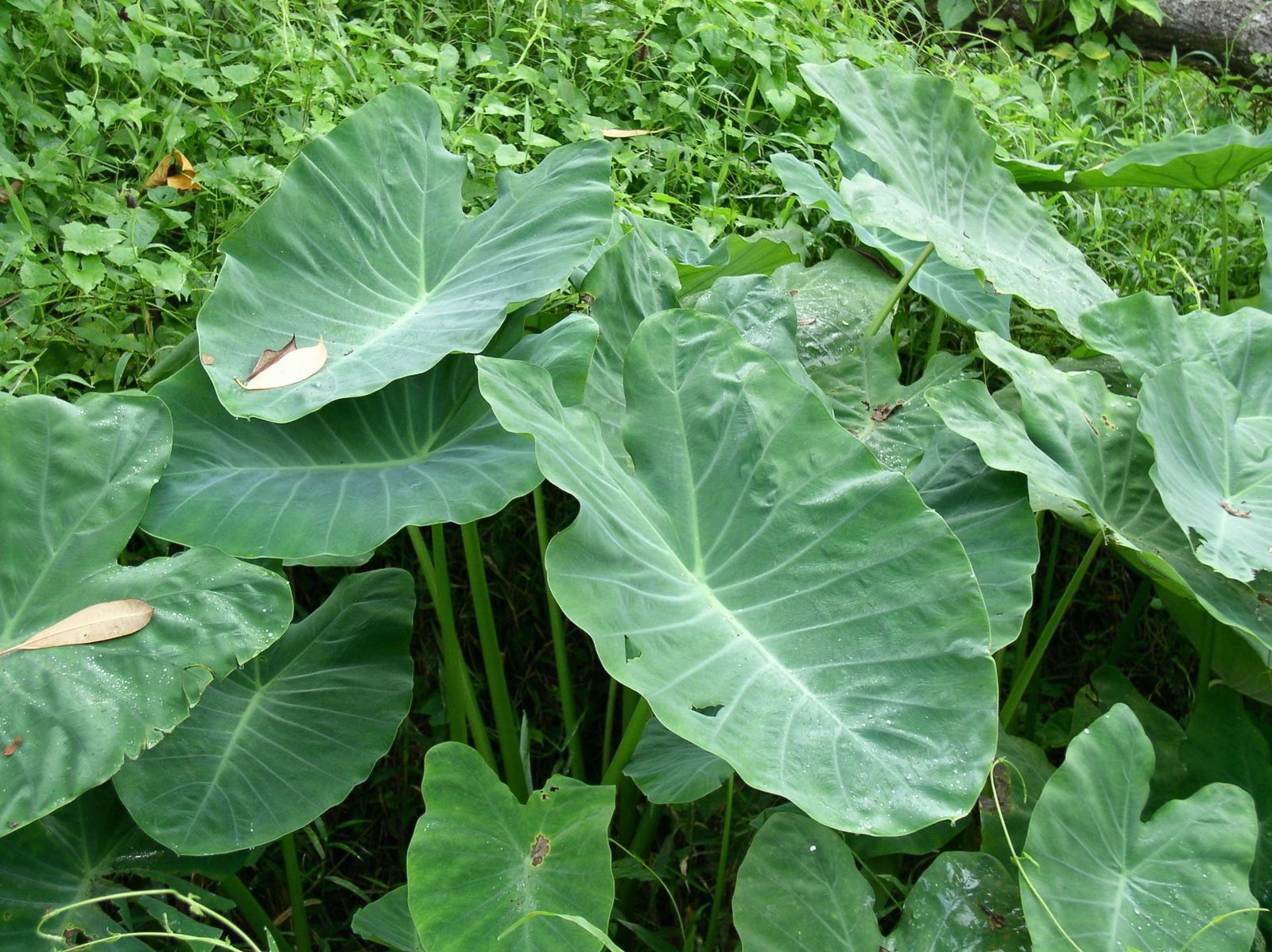
Taro is high in:
- Vitamin E
- Vitamin B6
- Potassium
- Manganese
- Dietary fiber
Taro leaves, stems and tubers are edible and rich in vitamins and minerals. Taro is associated with healthy digestion, vision, bones, immunity and more.
Tannia
Tannia (Xanthosoma sagittifolium) is a lesser known Araceae vegetable crop grown for its edible corms and leaves. The corms are an excellent source of complex carbohydrates.
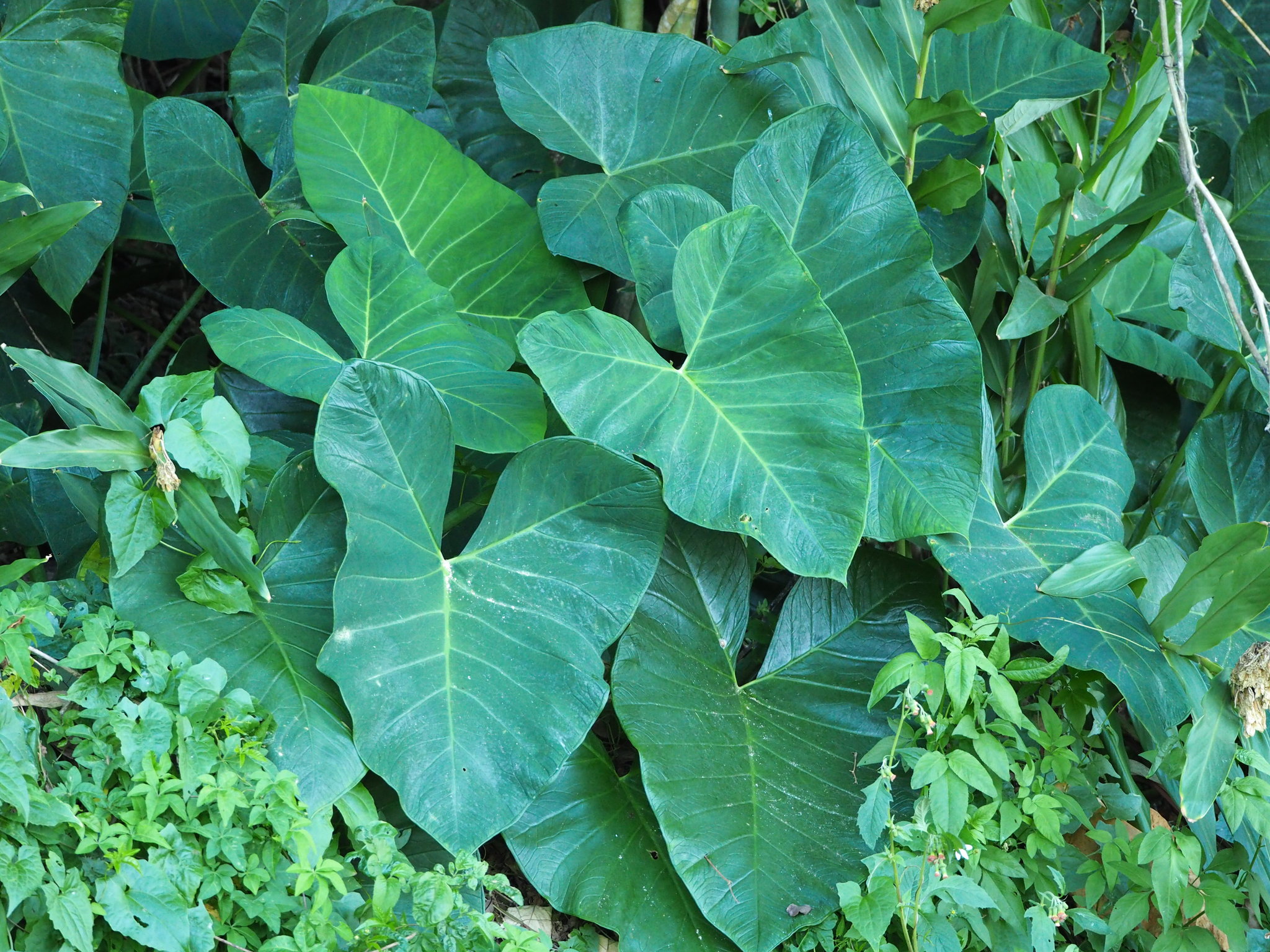
Tannia is high in:
- Dietary fiber
- Vitamin C
- Thiamin
- Niacin
- Vitamin B6
- Manganese
- Potassium
Tannia has been shown to promote digestive health and supply antioxidants that protect body tissues.
Bioactive Compounds
Many Araceae plants contain beneficial bioactive compounds that have antimicrobial, anti-inflammatory, and antioxidant properties.
Saponins
Saponins are natural detergents found in many plants that have health-promoting effects. Many Araceae plants contain an abundance of saponins.
Saponins have been shown to:
- Lower blood cholesterol
- Modulate immune function
- Possess antimicrobial properties
Well-known saponin-containing Araceae plants are aloe vera and agave.
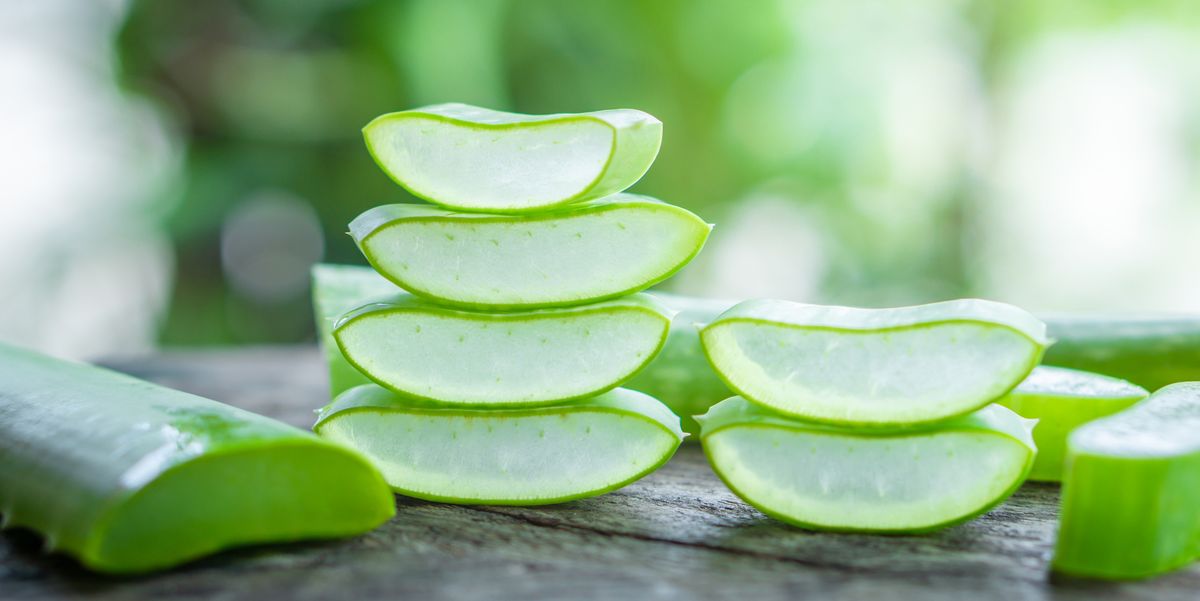
List of the most sought after rare aroids in 2023
Anthocyanins
Anthocyanins are water-soluble pigments that create the vibrant reddish-purplish hues found in many Araceae plant parts. Anthocyanins demonstrate potent antioxidant abilities.
Anthocyanin-rich Araceae plants include:
- Taro leaves
- Black magic colocasia
- Many Anthurium cultivars
Anthocyanins may protect against numerous health conditions related to oxidative stress such as heart disease, diabetes, and neurodegenerative disorders.
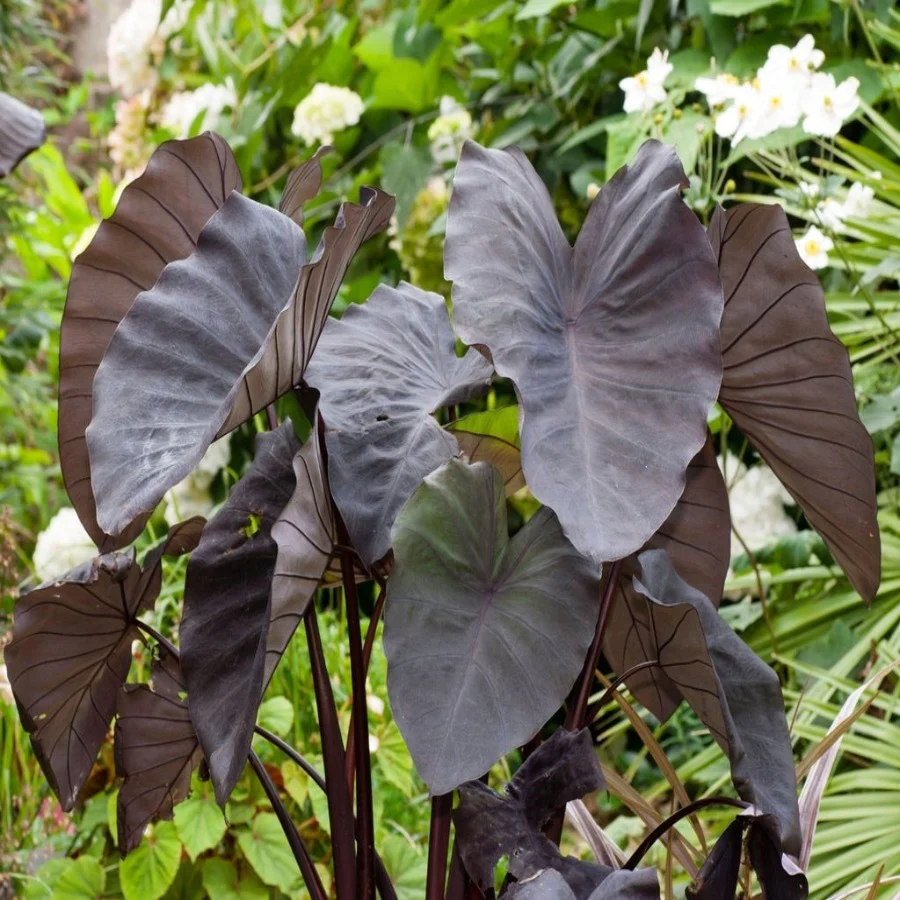
Medicinal Properties
For centuries, indigenous peoples have utilized Araceae plants to treat a variety of illnesses. Modern scientific research has unveiled the pharmacological actions behind some of these traditional remedies.
Anti-Inflammatory
Inflammation underlies most chronic diseases. Many Araceae plants have been used traditionally for their anti-inflammatory properties.
For example:
- Taro – Shown to inhibit pro-inflammatory enzymes COX-1, COX-2 and LOX which mediate inflammatory conditions.
- Chinese evergreen (Aglaonema commutatum) – Exhibits anti-inflammatory abilities comparable to prescription medications without side effects.

Antimicrobial
Many Araceae plants demonstrate antibacterial, antifungal and antiviral activities against infectious pathogens.
Some examples include:
- Taro – Shown to combat foodborne illnesses and drug-resistant pathogens such as E. coli, Staph aureus, Salmonella, Bacillus cereus.
- Chinese evergreen – Possesses broad spectrum antibacterial abilities against both Gram-positive and Gram-negative bacteria. Also antifungal against multiple strains.
These traditional medicinal plants may yield new solutions to counter act drug-resistant microbes.
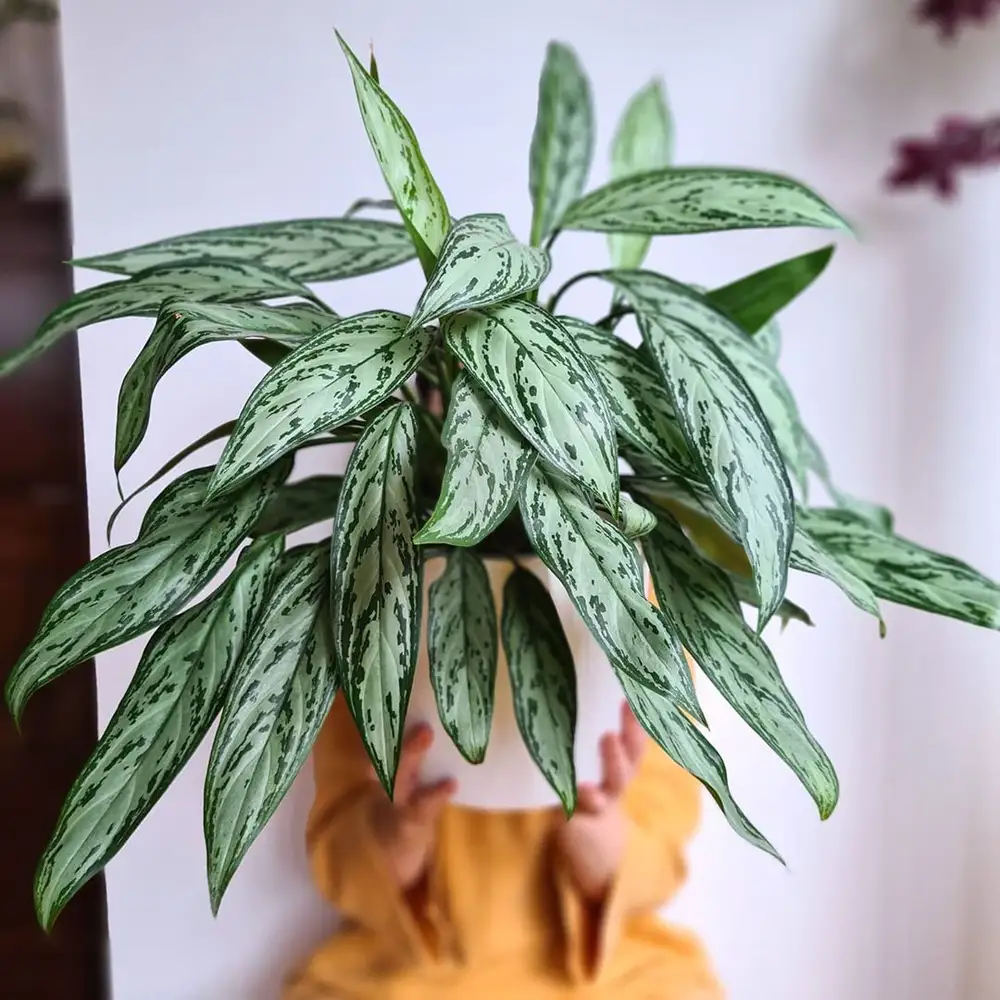
Conclusion
The Araceae family encompasses an immense diversity of plant species with reputed nutritional and therapeutic properties. From staple vegetable crops like taro to ornamental houseplants such as peace lilies or anthurium, Araceae plants have sustained human health for millennia. Modern science has revealed the unique bioactive compounds and medicinal abilities of many Araceae species. Further research on these intriguing plants may uncover more secrets and health-promoting applications.
See more Discover Araceae’s Scientific Name – Explore Nature’s Wonders!

